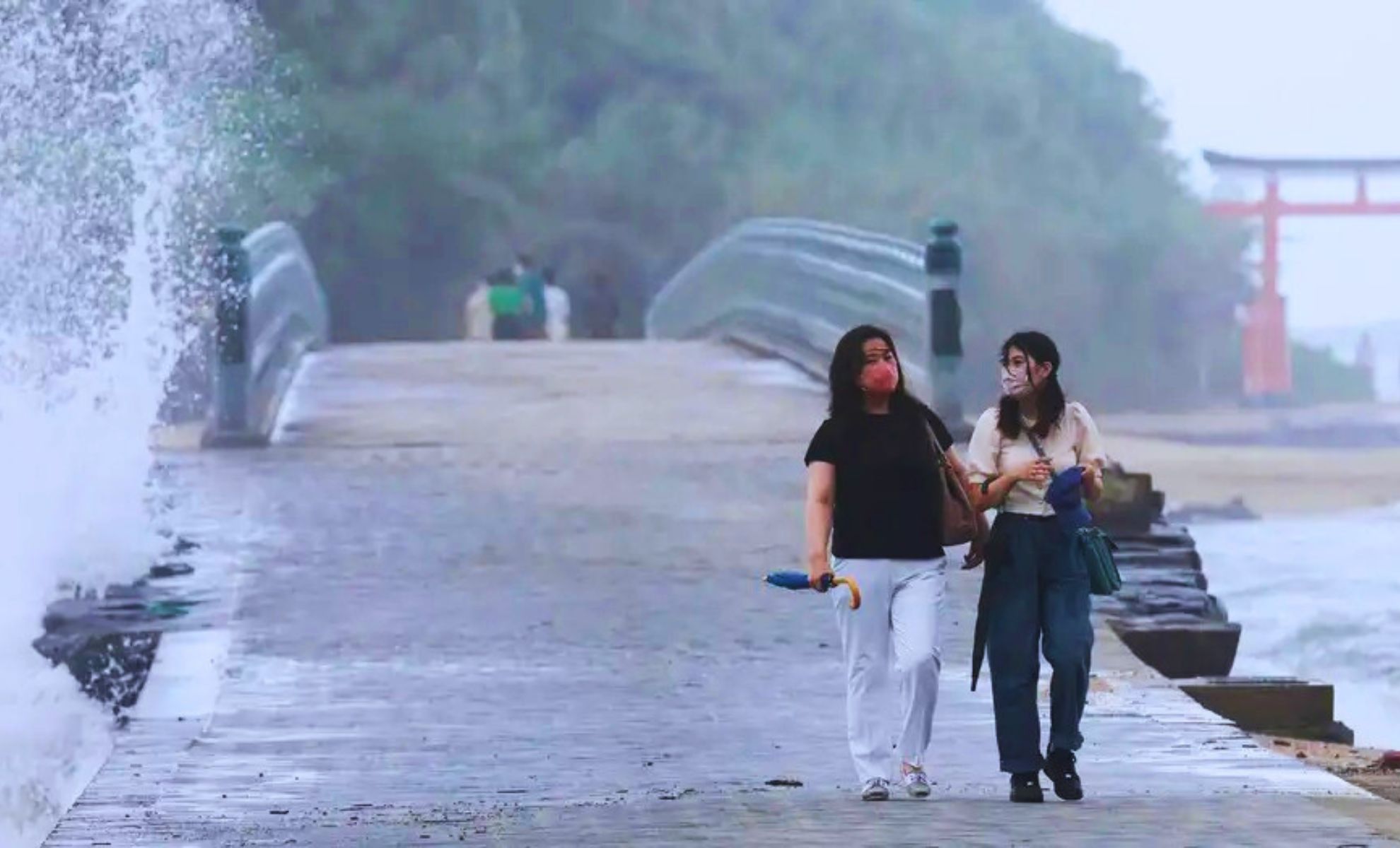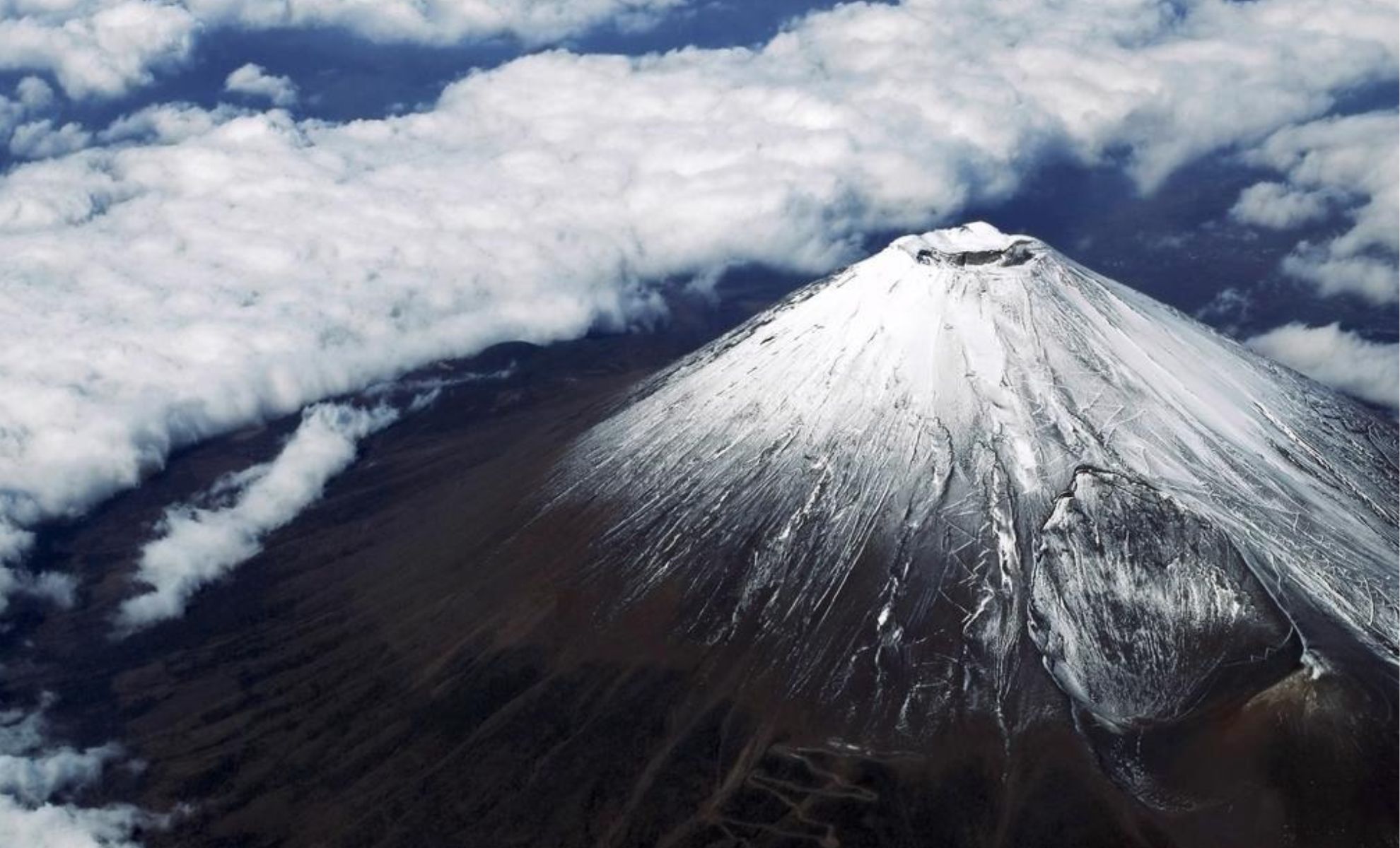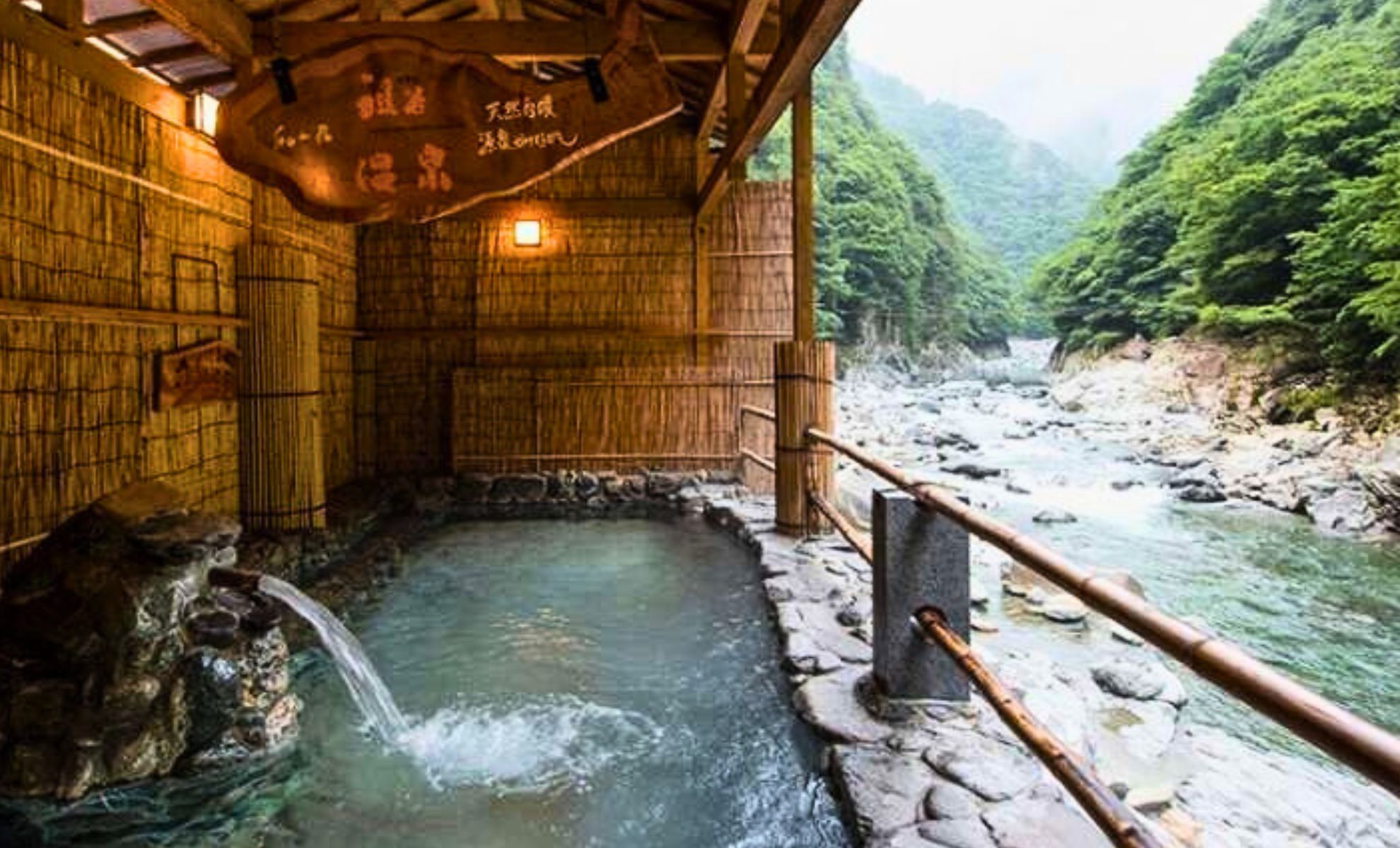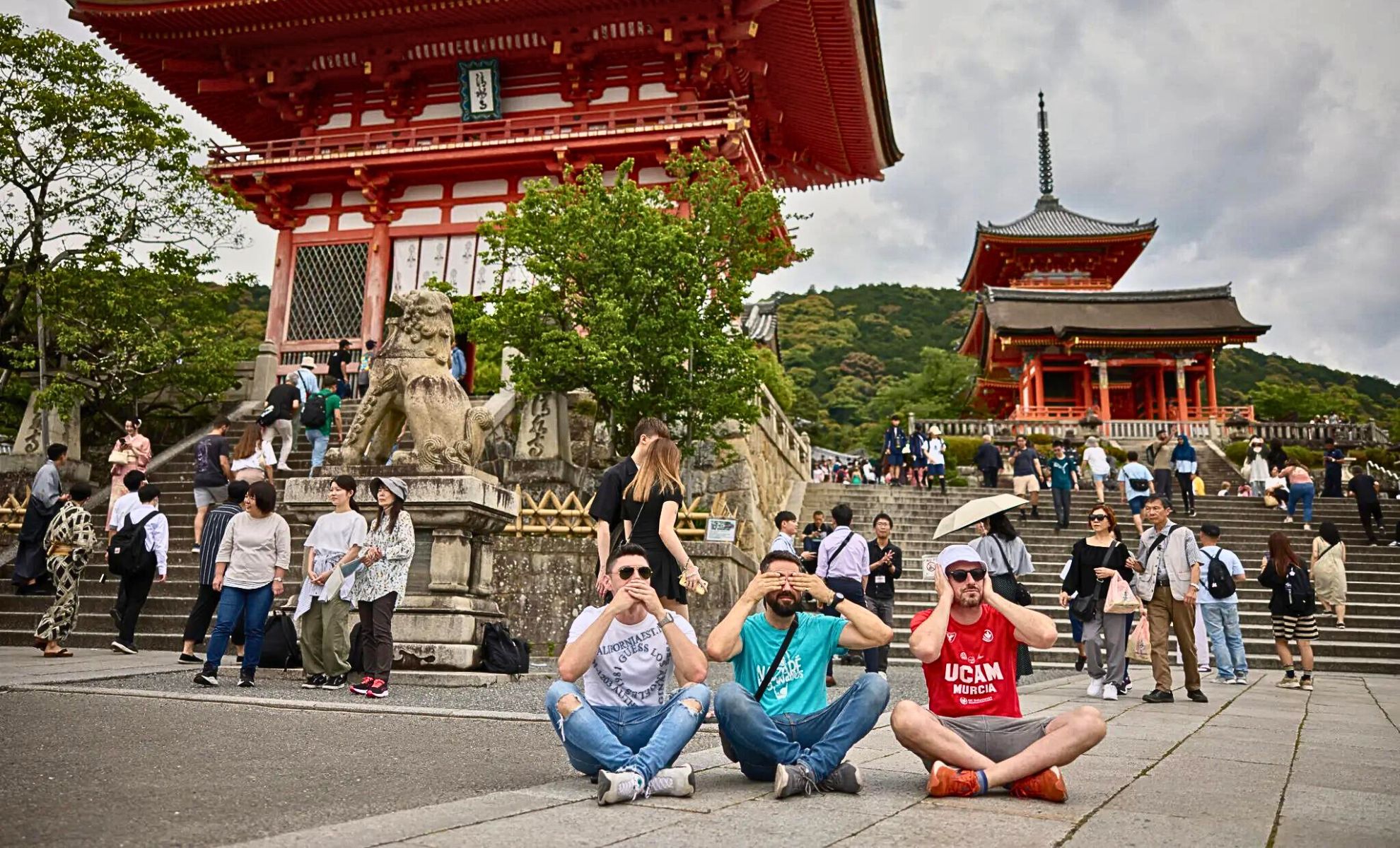Japan‘s passage into December means that the weather is expected to be distinctly unpredictable, with significant differences in conditions across the country. Meteorologist Akiko Aoyama reports that the Japan Sea side will continue to experience unsettled weather, while the Pacific side will enjoy clear skies and drier conditions. This sharp contrast brings challenges, particularly with temperature fluctuations and the potential for hazardous weather patterns.
Unsettled Weather in the Japan Sea Region
Over the next several days, the Japan Sea side of Japan will face ongoing rain and snow. From November 29 to December 1, low-pressure systems and cold air will bring heavy rain and even thunderstorms to the region. Areas like the Hokuriku and Tohoku regions, already dealing with aftershocks from recent earthquakes, will need to remain vigilant. Even light rainfall could trigger landslides in locations where the soil has been weakened. These weather conditions could lead to hazardous road conditions, particularly in the form of snow accumulation and slippery surfaces.
Meteorologists warn that these adverse weather conditions are expected to continue into December 1, potentially making travel and outdoor activities difficult. The northernmost areas of Japan, including Hokkaido, will also experience snow, which could pose risks of freezing and accidents due to slick roads.
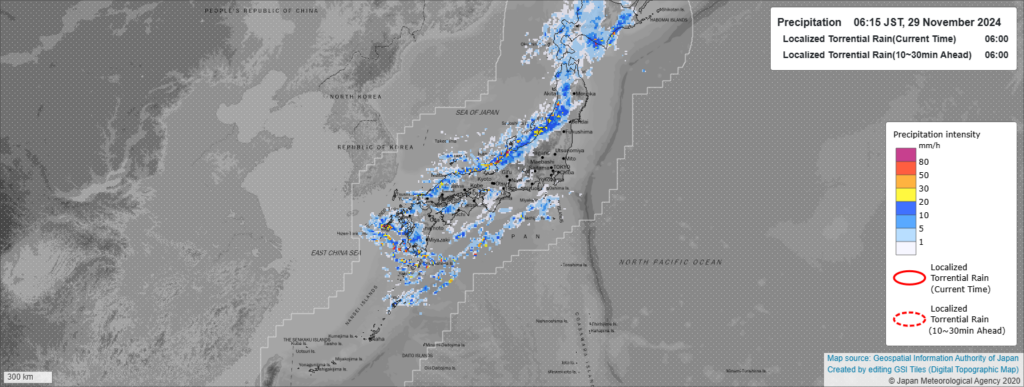
Clear Skies and Temperature Shifts on the Pacific Side
While the Japan Sea side faces stormy conditions, the Pacific side will largely enjoy clear skies, with dry air prevailing over the coming days. The first few days of December will bring a temporary warming trend, with temperatures rising above the seasonal average, especially around December 2. For instance, Fukuoka could see highs of up to 19 °C, while Tokyo may experience 18 °C on December 3. While this may offer a brief respite from the cold, the sudden temperature shifts—especially the chilly evenings—could catch many off guard.
This variability in weather means residents should be prepared for sharp temperature changes between day and night. The winter chill will return soon after the initial warmth, with nighttime temperatures dropping sharply. Individuals are advised to adjust their clothing accordingly to avoid exposure-related health risks.
December 6-11: The Onset of Full Winter
Looking further ahead, December 6 will mark the true arrival of winter in Japan. The country will see more consistent winter conditions as the weather pattern shifts to a colder, winter-like configuration. The Japan Sea side will see increased chances of snow and rain, and some areas, particularly in northern regions like Hokkaido, are likely to experience heavy snowfall. This period marks the “Great Snow” season, with snowfall becoming more frequent and intense.
In contrast, areas on the Pacific side, such as Kyushu and Shikoku, will remain relatively dry, though the ongoing dryness will bring an increased risk of fire hazards. With the return of colder temperatures, especially in the evenings, Japanese citizens are urged to prepare for winter’s full arrival, especially in northern regions where freezing temperatures can cause complications, including the freezing of water pipes.
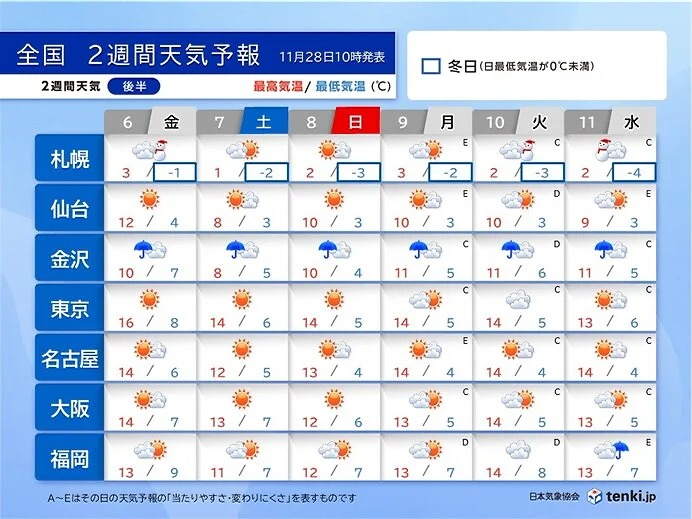
Preparing for Winter’s Full Force
Even though the weather in Japan is currently unpredictable, the prognosis indicates that by mid-December, chilly temperatures and snowy conditions will predominate, especially near the Japan Sea side. As temperatures dip, it’s important to monitor daily forecasts, adjust clothing and heating systems accordingly, and take precautions against potential hazards, including frost and icy conditions.
